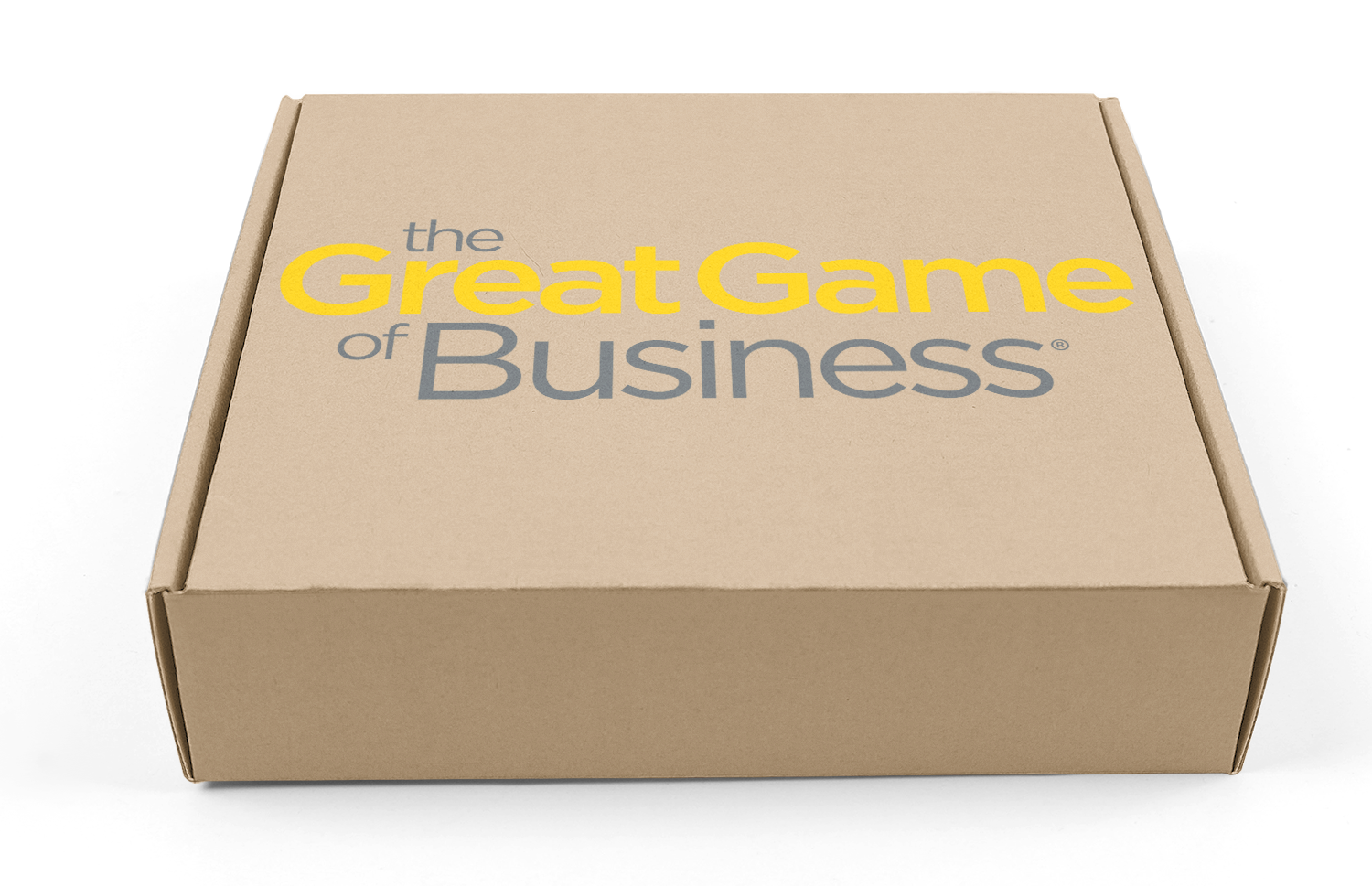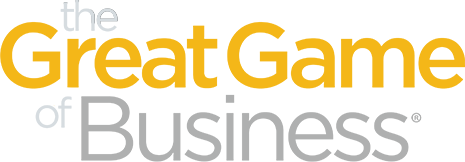1. What Is Employee Engagement?
2. What Employee Engagement Means for Your Organization
3. Benefits of Employee Engagement
4. How Does Employee Engagement Increase Productivity?
5. Current Employee Engagement Statistics
6. Common Challenges with Employees
7. How to Increase Employee Engagement
What Is Employee Engagement?
An “engaged” team member is one who is fully committed to the organization’s mission, culture, reputation, and team. These people show up at work enthusiastic and are personally motivated to further improve operations and contribute to the organization’s success.
Employee engagement has been a hot topic in management theory since the 1990s and is related to the concept of morale. The difference, however, is that morale refers more to a group's beliefs in the institution, while engagement goes further to include action toward furthering organizational goals and values.
What Employee Engagement Means for Your Organization
Your employees are more engaged when they feel valued, when their work is recognized, and when they are able to see how their efforts are affecting overall company performance. When people begin to understand how their contributions impact the business and they are encouraged and rewarded to help it thrive, that’s when they begin to have a stake in the outcome. “A stake in the outcome” is a term we use for when an employee personally cares about the success and profits of their organization, not just about their own paycheck.
Think of it like changing an employee’s mindset. You want him or her to think more like you, an owner, manager, or CEO. As the boss, you are the most engaged person because you have the most to gain or lose. Your success is dependent on the success of the organization as a whole. The typical employee often only cares about their own paycheck. If the company is performing poorly, it doesn’t matter, so long as it doesn’t affect their workload or pay. This is where you come in as a leader to set the company culture and engage your workforce.
Team members take ownership when they have helped create something and understand how their performance is directly related to hitting organizational goals. As a leader in your organization, it is your job to cultivate employee engagement. By increasing team member buy-in, your organization can take advantage of the many benefits that result.
Benefits of Employee Engagement
The benefits of greater engagement can have an impact on several fronts: for individual employees, for their team, and for their organization as a whole. When team members are truly invested in the success of the company, energizing alignment is created between management, employees, and the organization. This alignment allows everyone to work together on a unified front and not just each person for themselves. As expected, this combined effort is more powerful than any individual contribution.
A more engaged workforce can deliver:
-
Increased productivity and efficiency
-
Better profits and revenues
-
Improved work culture
-
Increased employee satisfaction
-
The ability to attract better talent
-
Reduced turnover
-
Better products and services
-
Better customer care
-
Less waste
-
Fewer errors
-
More loyal workers
-
Improved brand and reputation
-
Less absenteeism
-
More sales
-
Higher stock price
-
Increased innovation
How Does Employee Engagement Increase Productivity?
Generally speaking, employee productivity is a measure of the output of a worker for a given task or project. As a leader, achieving lofty goals for your organization may require your team to increase their productivity. Developing and investing in your employees leads to them being more efficient and effective. In fact, studies conclude that one of the most important ways to increase productivity is to get employees more engaged—but how are the two interrelated and by what mechanism does this amplification occur?
Employees who are engaged have bought into the organization and feel personal conviction and responsibility. When people make an idea, title, or duty personal, they are not driven by outside factors, but instead are driven internally. This internal motivation is what drives them, even when they aren’t being supervised or outwardly encouraged.
Engaged employees are also better team players because they see the larger context of their actions, which enables them to work more effectively with others as part of a cohesive unit. Outside of personal performance, team cohesion is another way productivity can be maximized. Properly functioning teams can always do more work than an individual, but often there is a disconnect between team members. When everyone becomes more engaged, a common thread is created and weak links are minimized from a productivity perspective.
Current Employee Engagement Statistics
It is clear that there is a close relationship between engaged employees and key employee management metrics such as satisfaction and retention, but also key business performance metrics like costs, revenue, and profits. What may not be as clear is to what degree employee engagement really is lacking in today’s workplace. In the emerging young workforce, it will become increasingly crucial that you learn how to motivate millennials.
The state of engagement among workers is at its lowest point since 2000 at an average rate of 13 percent. This means that today's workforce is composed of only 13 out of 100 who consider themselves to have bought in on the organization's goals and who actively try to do their part to make the company more successful and profitable.
The impact on this regarding productivity, satisfaction, and turnover is apparent. Disengaged employees are 43 percent less productive, have 37 percent higher absentee rates, and produce 41 percent more product defects. Their dissatisfaction bleeds into staff turnover, creating a 25–63 percent increase in employee turnover for those with little engagement.
When it comes to the profitability of the company as a whole, organizations with low engagement rates experience 22 percent lower profitability and 20–25 percent less revenue. When asked about leadership, less engaged employees are more likely to report that their supervisor is less supportive. This begs the question, is it the disengaged employees who are just perceiving management as being unsupportive or is it the dysfunctional management style that breeds the disengagement?
Common Challenges with Employees
High employee engagement requires you as leader to take a step back and reflect on current relationships and spend some time looking in the mirror to determine where the disconnect lies. A key element of strong relationships is a sense of collaboration and an environment in which employees are both informed on broad business topics that go beyond their role and in which they are allowed to help drive future goals that affect those topics.
Below are some of the common challenges associated with developing and maintaining an engaged workforce:
-
Inability to gauge the current level of engagement
-
Lack of trust in leadership
-
High turnover
-
Excessive workloads
-
Lack of understanding what motivates people
-
An industry that doesn’t lend itself to collaboration
-
Lack of accountability
-
Leadership focused on bottom line results and not developing employees
-
Leaders that are not inspiring or encouraging
-
No current reward or recognition program for employees
-
Lack of talent
-
Lack of communication and/or workplace Huddles
-
Disconnect between employees and managers in the organization
-
Lack of understanding of business financials and performance indicators among employees
-
Low priority for engagement efforts
-
Upper management that is not onboard with employee engagement initiatives
As a leader who cares about the people in your organization, you need to address these challenges and further develop your employees to increase engagement and deliver better business results.
How to Increase Employee Engagement
-
Knowledge
-
Knowledge breaks down the barriers often seen between management and staff, and it facilitates open, collaborative communication.
-
By keeping everyone in the organization informed, you keep big-picture ideas at the forefront of employees’ minds and build and maintain trust.
-
Increasing the flow of knowledge and information in an organization helps reveal the reasons behind actions and helps explain why decision are made, which helps foster cooperation.
-
Knowledge encourages improvement and creates a feeling of ownership. People tend to be more supportive of things they feel they have helped create.
Every organization can benefit from having a more engaged workforce with team members who come into work full of energy, focused on their performance and productivity, and eager to figure out how they can positively affect the organization. By taking advantage of educational resources, business conferences, and business coaches, you can find the path to a fully engaged workforce that brings about continual and sustained business improvement.


.png)




